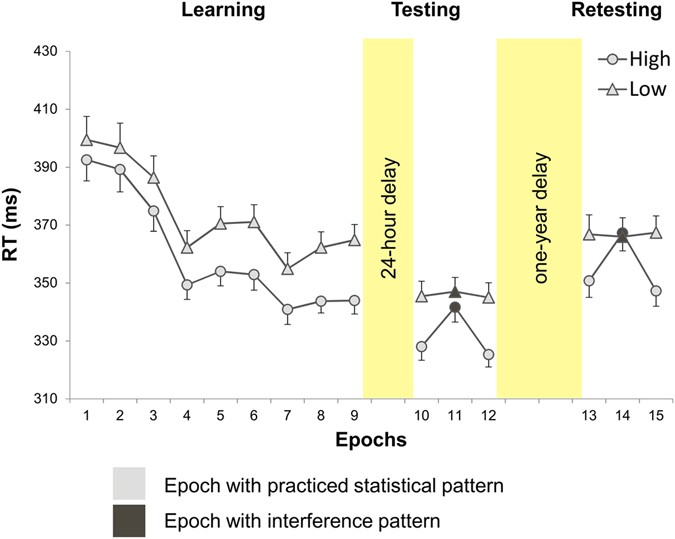

(f) What is the median pupil-teacher ratio among the towns in this data set? (e) How many of the suburbs in this data set bound the Charles river? (d) Do any of the suburbs of Boston appear to have particularly high crime rates? Tax rates? Pupil-teacher ratios? Comment on the range of each predictor. (c) Are any of the predictors associated with per capita crime rate? If so, explain the relationship. (b) Make some pairwise scatterplots of the predictors (columns) in this data set. How many rows are in this data set? How many columns? What do the rows and columns represent? Now the data set is contained in the object Boston. You should see that there is now a row.names column with the name of each university recorded. However, it may be handy to have these names for later.

We don’t really want R to treat this as data. You should notice that the first column is just the name of each university.

(b) Look at the data using the fix() function. Make sure that you have the directory set to the correct location for the data. (a) Use the read.csv() function to read the data into R. Expend : Instructional expenditure per studentīefore reading the data into R, it can be viewed in Excel or a text.perc.alumni : Percent of alumni who donate.Terminal : Percent of faculty with terminal degree.P.Undergrad : Number of part-time undergraduates.F.Undergrad : Number of full-time undergraduates.Top25perc : New students from top 25 % of high school class.Top10perc : New students from top 10 % of high school class.Enroll : Number of new students enrolled.It contains a number of variables for 777 different universities and colleges in the US. This exercise relates to the College data set, which can be found in the file College.csv. For each week we record the $\%$ change in the dollar, the $\%$ change in the US market, the $\%$ change in the British market, and the $\%$ change in the German market. Hence we collect weekly data for all of 2012. (c) We are interesting in predicting the $\%$ change in the US dollar in relation to the weekly changes in the world stock markets. For each product we have recorded whether it was a success or failure, price charged for the product, marketing budget, competition price, and ten other variables. We collect data on 20 similar products that were previously launched. (b) We are considering launching a new product and wish to know whether it will be a success or a failure. We are interested in understanding which factors affect CEO salary.

For each firm we record profit, number of employees, industry and the CEO salary. (a) We collect a set of data on the top 500 firms in the US. Explain whether each scenario is a classification or regression problem, and indicate whether we are most interested in inference or prediction.


 0 kommentar(er)
0 kommentar(er)
